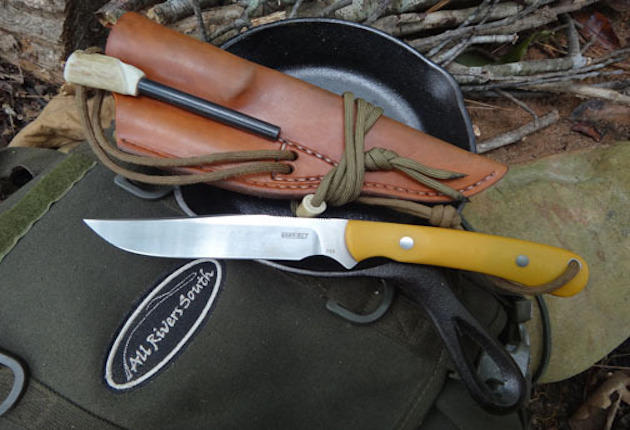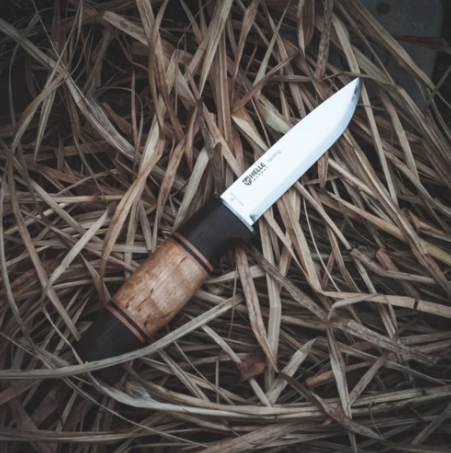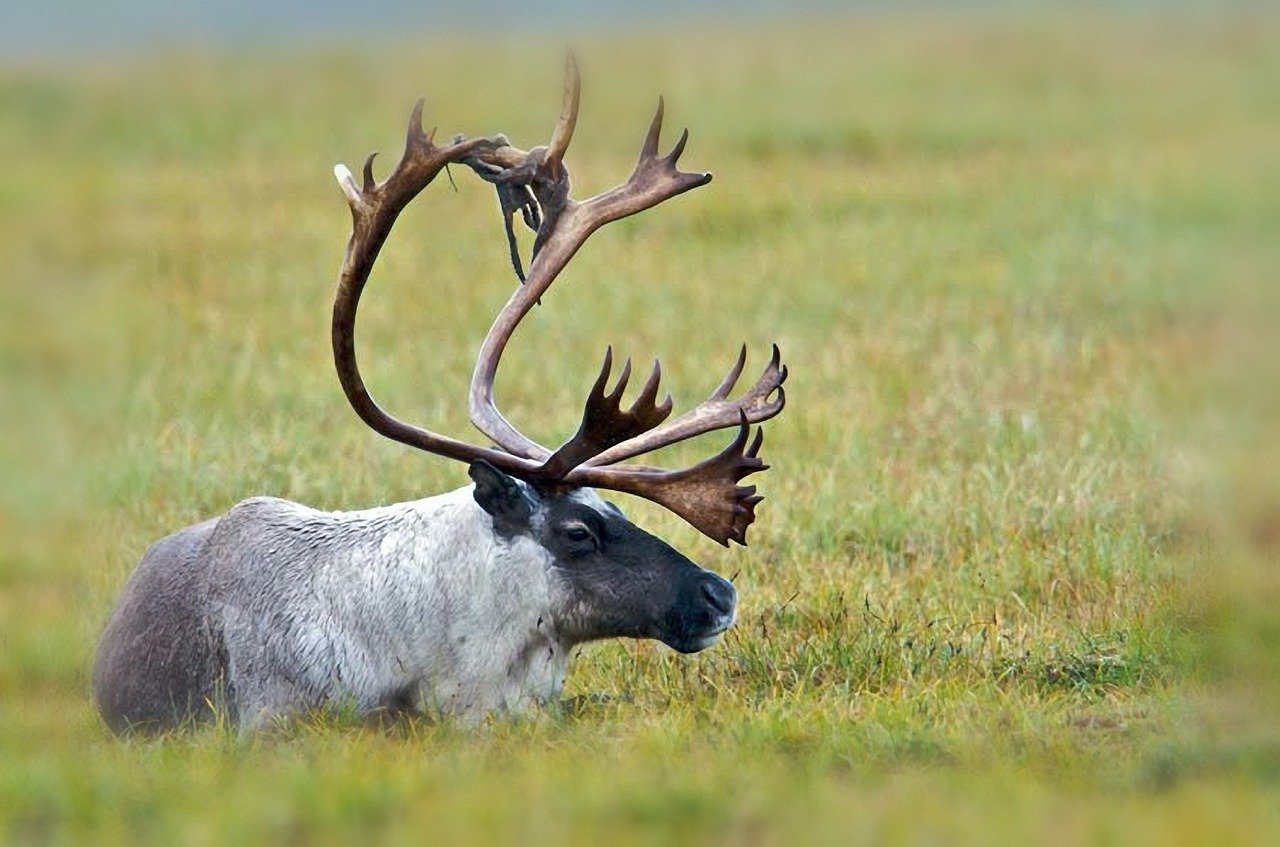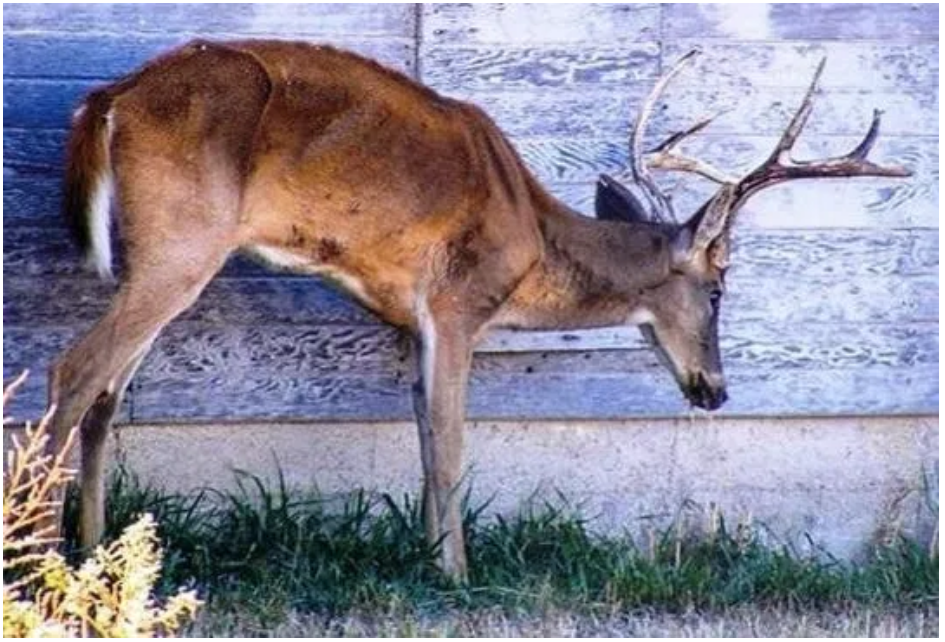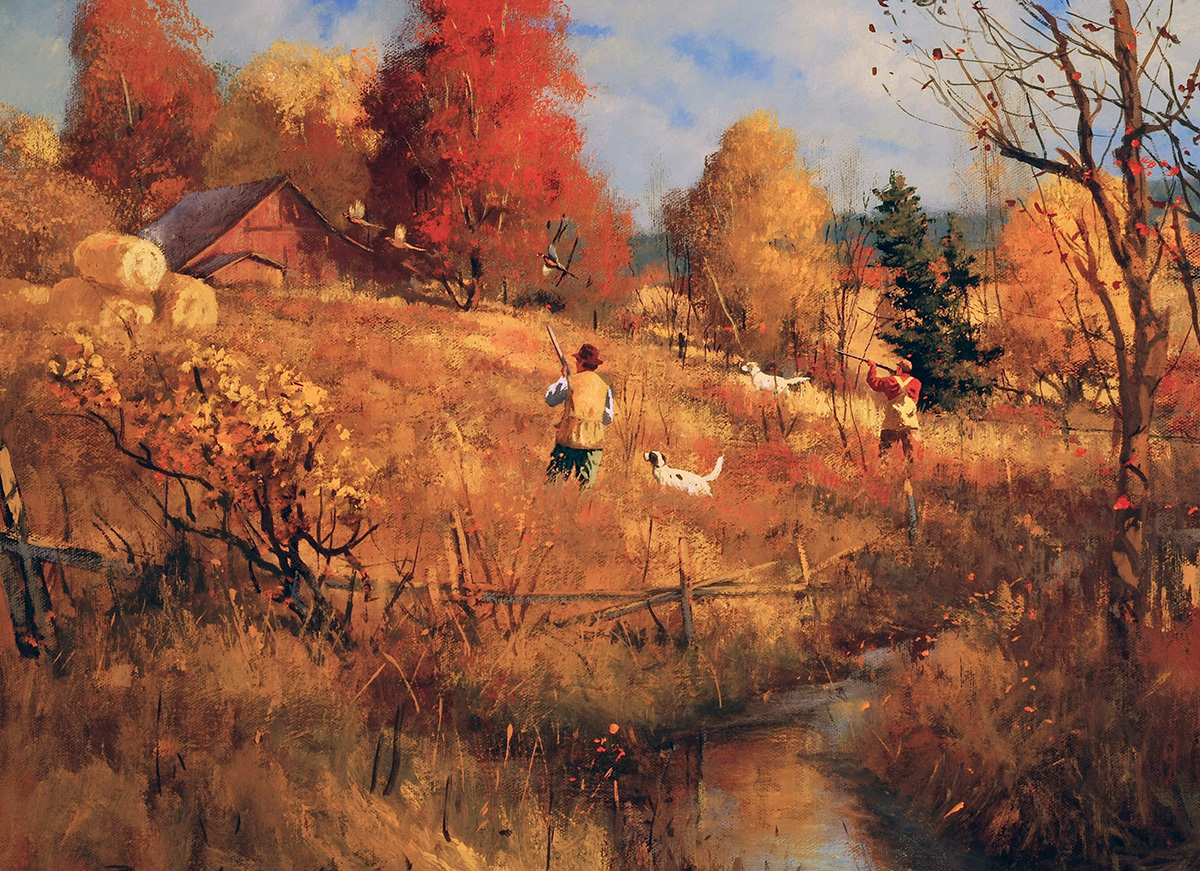The custom knife is more than a tool. It’s an extension of the man who wanders the wilderness. So what makes the perfect knife for a guide?
When I was old enough to travel beyond the deep woods and grand adventures in my backyard, I spent a great deal of time in the outdoors with my Uncle Bill. He was an accomplished outdoorsman and a master camp chef who possessed the knowledge of outdoor living that has almost been forgotten.
It was on a cool, crisp night while stoking the hot coals of a campfire that my uncle gave me his favorite knife. It was handmade; truly a work of art. The marks from years of use gave it a unique look.
“If this knife could only talk it would tell some great stories,” he said.
It was a statement from a modest man who had spent countless hours in the wilderness. The knife had been his constant companion and witnessed his every step. I was taken aback by such a grand gesture because over the years Bill had given me something more — knowledge of what a true knife is.
Although that night was many moons ago, the knife is a reminder of a man who was a true outdoorsman and had a very positive impact on my life.
From the trout streams of western North Carolina and East Tennessee, to the rolling hills and creeks of the South Carolina Piedmont and the swamps of the Santee, the knife and I have traveled many miles of trail and river. It served me well until the day came to replace it.
I’ve tried many well-built knives and, though each one of them possessed a certain quality, I still wasn’t satisfied. That was until I had the good fortune to meet Newport, Tennessee, knifemaker Owen Baker of Bakr-Bilt Custom Knives. Fortunately, he was interested in my opinions on a guide knife.
“If you had the opportunity to build the perfect guide knife, what design, qualities and materials would you use to build it?” Baker asked as we stood by his display of handcrafted knives.
I had been operating a guide service in South Carolina and needed a knife sufficient for a wide range of chores, something durable enough for hunting and butchering game. I wanted a knife I could take downriver on fly fishing trips, process food for a shore lunch or prepare meals back at camp. It would be my last hope should I become separated from my gear.
I have found most modern designs are too thick, wide and heavy. If you read the historical accounts of early frontiersmen, you would be surprised to learn about the knives they carried. The knives were usually thin butcher-type knives and used as such.
George Washington Sears, “Nesmuk,” spoke of such knives in his classic book, Woodcraft and Camping. In the year 1920 he wrote:
“A word to the knife, or knives. These are of prime necessity and should be of the best, both to shape and temper. The “bowies” and “hunting knives” usually kept on sale, are thick, clumsy affairs, with sort of a ridge along the middle of the blade, murderous looking, but of little use; rather fitted to adorn a dime novel or the belt of “Billy the Kid” than the outfit of the hunter.”(Sears, 1920, p. 48)
Having used a knife for many years, I’ve found this to be a true statement. To test a knife, take it to the kitchen and prepare a meal. Slicing a tomato, cutting a head of lettuce, finely dicing green peppers or cutting a block of cheese will identify strengths and weaknesses. You could also clip a few tree limbs or whittle a dry stick into a tent peg to determine some of its usefulness.
As Owen and I discussed knives and traded ideas about metals, shapes, grinds and lengths, we laid out plans to build a custom guide knife. I knew Owen was the right man for the job; he has a keen eye for detail. Over the next few weeks I worked out a drawing of the knife’s shape and Owen refined the pattern. He then turned it into a cardboard cutout that allowed me to test its feel.
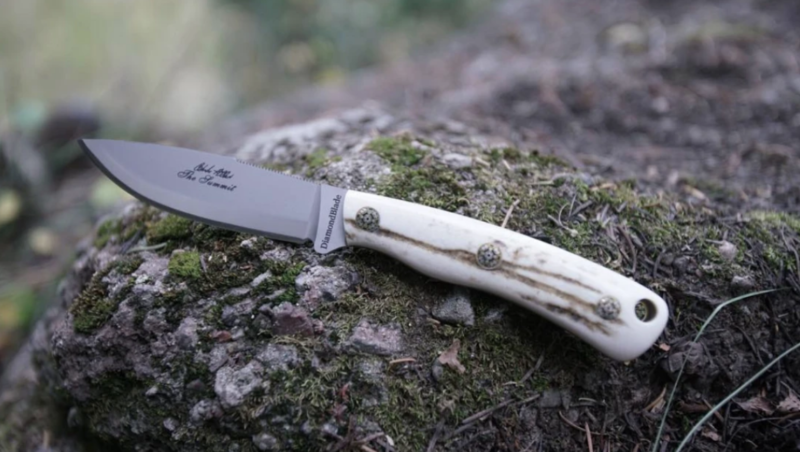
An excellent choice for midsize and large game, the Summit Stag knife makes field dressing a pleasure.
Finally, we settled on the specifics. It was to be a five-inch, clip point blade design made of CPM 154 steel, 1/8-inch thick and heat treated to Rc60. The knife would have a yellow micarta handle for visibility and strength, and a tapered full tang for less weight and better balance. The slightly false edge of the clip point would make it easier to penetrate hide. Finger grooves on the blade would allow me to choke up for precision cutting.
When the package arrived in the mail, I knew it was from Baker. I felt an immediate bond to the knife as I held it for the first time. It was balanced, lightweight, handy and strong enough to endure the rigors of the wilderness. He had made the perfect guide knife.
Over the past year I have put the knife to the test. It has traveled more than a hundred miles down freshwater rivers, deep into the mangroves of the Florida Everglades, and processed deer without a hitch. I have found the knife to perform superbly at camp and while guiding. What’s more, it has been my constant companion and I would feel lost without it. Not only has the knife taken the abuse of the deep woods and rivers, it has kept its beauty and shape. It’s truly a work of art — finely crafted by the hands of a master.
As I think back to Baker’s question of what makes a perfect guide knife, the answer will always be user preference. The custom knife is more than a tool, it’s an extension of the man who wanders the wilderness. It’s the companion whose presence can make the difference between adversity and adventure. If the knife is made by a master like Owen Baker, it will be something you can pass on to a young outdoorsman deemed worth of such a possession. If passed along with outdoor knowledge and skill, the knife will survive countless new moons and adventures in the wilderness, maybe to serve as a reminder of the man who gave it.
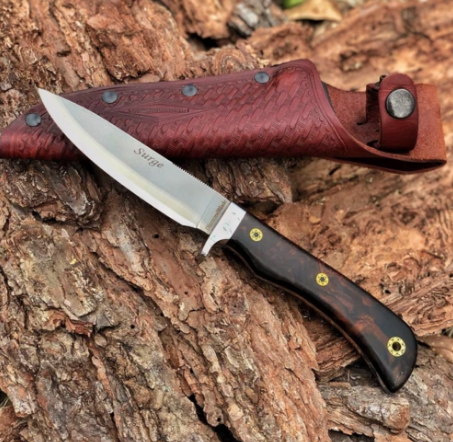 Just one look tells you this knife is focused on function but doesn’t skimp on style. Talk about love at first sight! The stainless steel bolster and generously sized handle furnish control and safety, the blade design provides you with unerring service. Blade length of 4-inches. Buy Now or Shop Our Knife Collection
Just one look tells you this knife is focused on function but doesn’t skimp on style. Talk about love at first sight! The stainless steel bolster and generously sized handle furnish control and safety, the blade design provides you with unerring service. Blade length of 4-inches. Buy Now or Shop Our Knife Collection

